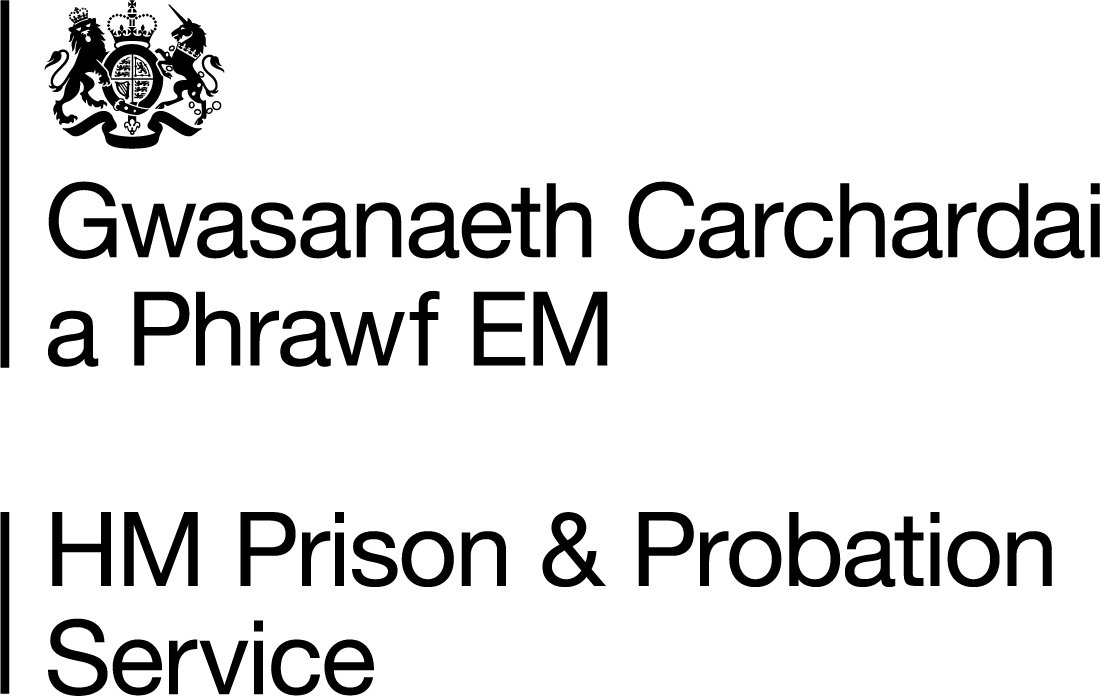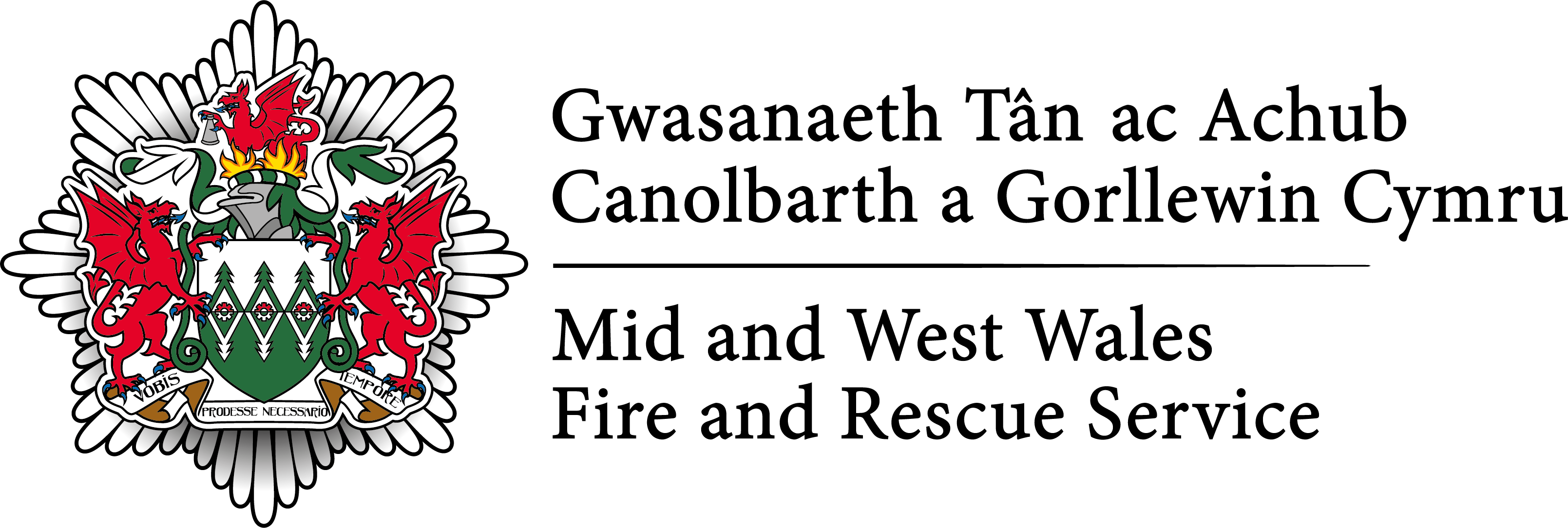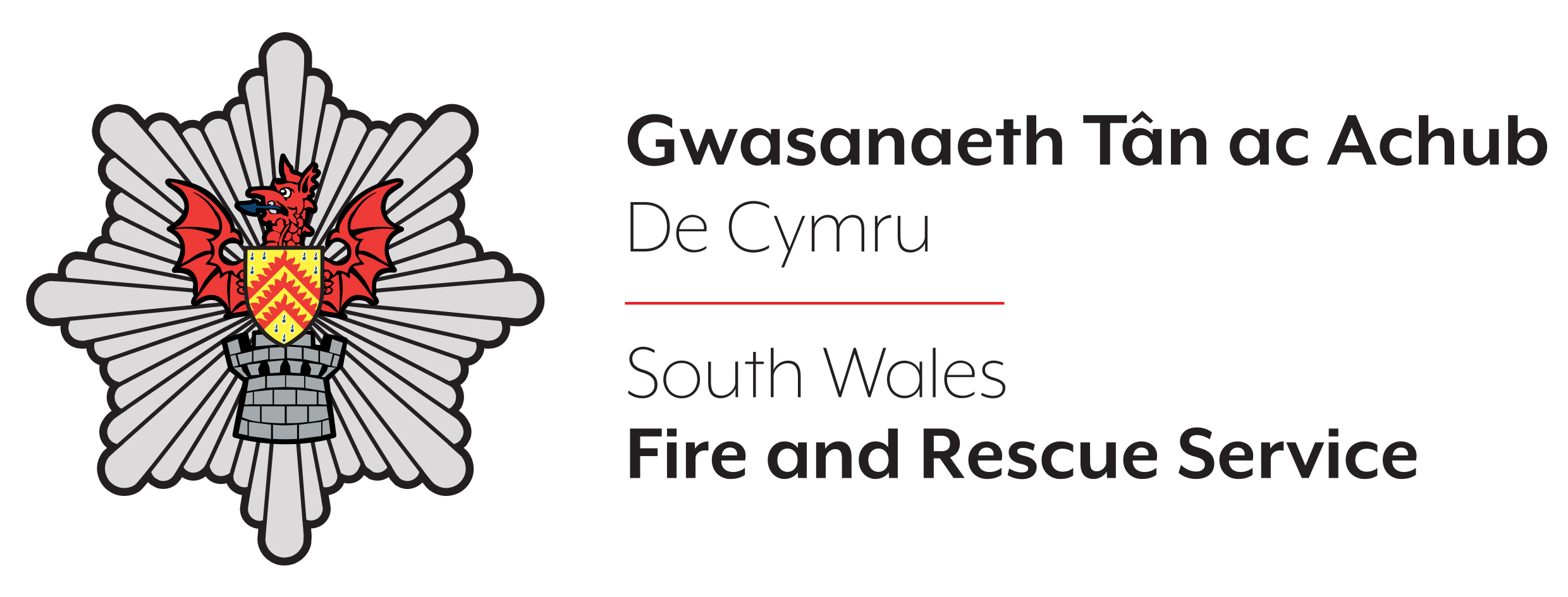- Serious Crime Act 2015 Controlling or coercive behaviour in an intimate or family relationship is defined in Section 76 of the Act (for those over 16).
- The Home Office produced a statutory framework in 2015.
- The Children and Young People Act 1933 provides protection for those aged under 16 who are subjected to coercive control.
- The Domestic Abuse Act 2021 amends the controlling or coercive behaviour offence to remove the ‘living together’ requirement, which means it may now apply to partners and ex-partners, or family members regardless of whether the victim and perpetrator live together.
The Offence of controlling or coercive control is devolved in Wales.










